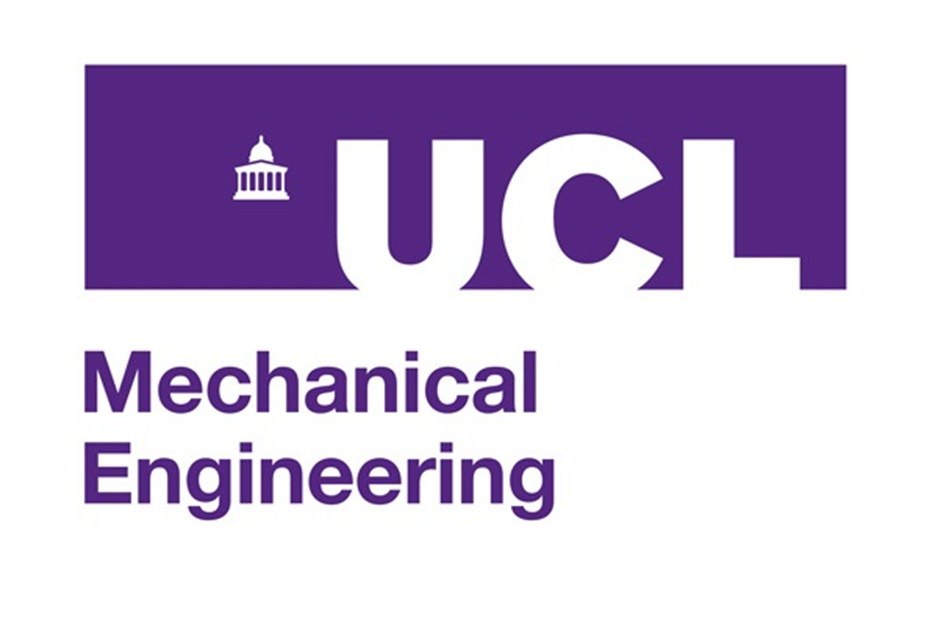ICSOS 2024
International Conference on Ships and Offshore Structures
8 - 12 September 2024
IIT Campus, Chennai , India
Ships and Offshore Structures
Ships and Offshore Structures
Ships and Offshore Structures
is an international, peer-reviewed journal which provides an authoritative forum for publication and discussion of recent advances and future trends in all aspects of technology across the maritime industry.
The journal covers the entire range of issues and technologies related to both ships (including merchant ships, war ships, polar ships etc.) and offshore structures (floating and fixed offshore platforms, offshore infrastructures, underwater vehicles etc.) with a strong emphasis on practical design, construction and operation.
The journal covers the entire range of issues and technologies related to both ships (including merchant ships, war ships, polar ships etc.) and offshore structures (floating and fixed offshore platforms, offshore infrastructures, underwater vehicles etc.) with a strong emphasis on practical design, construction and operation.
Specific areas of interest include, but are not limited to:
- Maritime legislations, standards, recommended practices and education
- Initial planning, concept design and contracting
- Zero emission and decarbonisation
- Multidisciplinary design optimisation (e.g., fluid-structure interaction and stability-crashworthiness interaction)
- Large database and data-centric engineering (e.g., in-situ measurements of site-specific metocean data and in-service damage data)
- Hydrodynamics and propulsion
- Structures and materials
- Limit states (e.g., ultimate limit states, serviceability limit states, fatigue limit states and accidental limit states)
- Vibration and noise
- Intact/damage stability and accidental flooding
- Machinery and marine engineering
- Ocean and environmental engineering
- Renewable energy and technology
- Safety design and engineering with extreme conditions and accidents
- Quantitative risk assessment and management
- Physical testing and validation
- Impact engineering and crashworthiness
- Construction, production and digital shipyards
- Operation (e.g., operational records and manned/unmanned operations)
- Digital healthcare engineering (e.g., health condition monitoring/assessment and repair for lifetime healthcare)
- Sensing, actuation and control
- Conversion and decommissioning
- Arctic and polar engineering
- Offshore and subsea engineering
- Human factors engineering
- Autonomous vessels and navigation
- Alternative fuels, fossil-free vessels and technology
- Machine learning, artificial intelligence and metaverse systems (e.g., digital twins, ICT and IoT)
- Underwater soft robotic systems
- Terrorist attacks and cyber security




